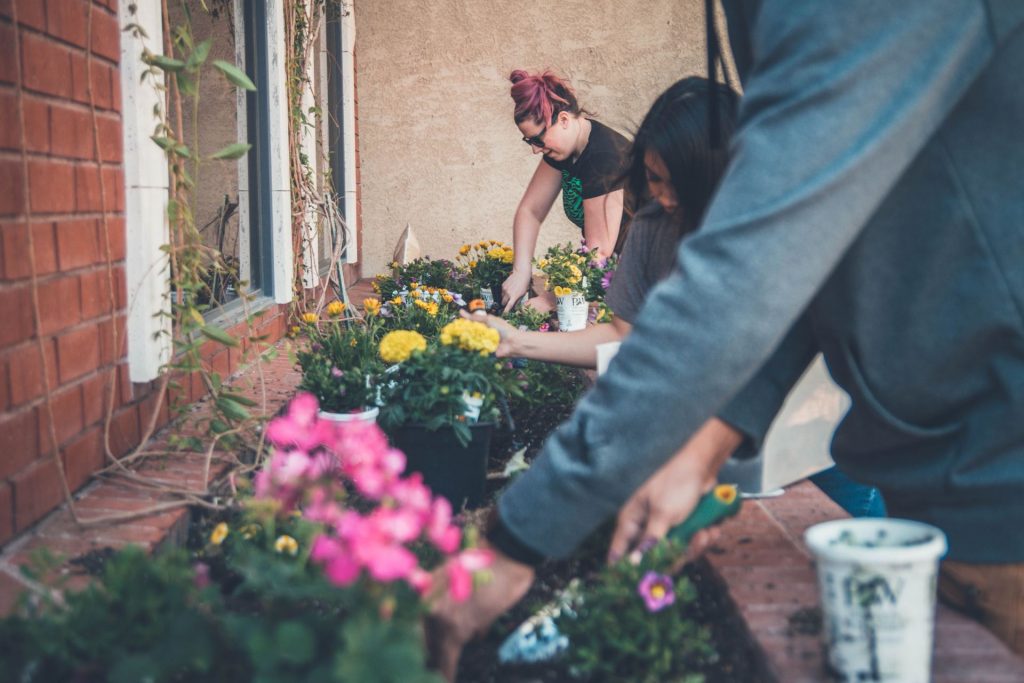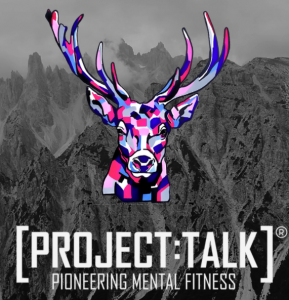In September, Politics and International Relations undergraduate student Lucca Froud undertook the marathon task (pun intended) of running from London to Paris, completing 7 marathons in 7 days.
We caught up with Lucca to find out how he got on.
- What motivated you to undertake this challenge?
I wanted to make people more aware of the impact the climate crisis is having on oceans, rivers, and wild fish.
“Our oceans are some of the most incredible and beautiful ecosystems, they are also pivotal in preventing climate change. Far bigger than any rainforest, the ocean is the greatest carbon sink on Earth storing 93% of all Carbon.”
2. Why did you choose WildFish?
Climate change is the most significant threat to humans and the natural world, and our waters are our biggest tool to prevent it. So, it was an easy decision to raise money for a charity that protects our fish and their waters. I specifically chose WildFish as I met the CEO Nick Measham and was struck by the charity’s passion and efficiency in actively holding the government to account in areas where it had failed to safeguard our waters.
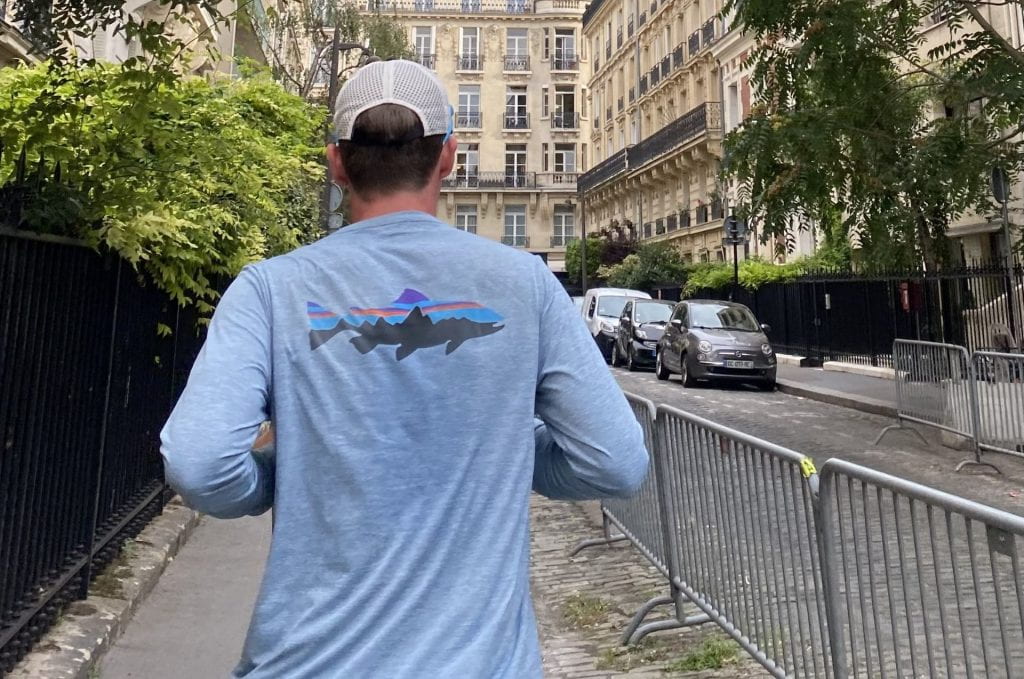
3. How did you train/prepare?
Research. Research. And more research. I read blogs, listened to podcasts, followed accounts on Strava and figured out what my weekly training mileage needed to be to run 7 marathons in 7 days. I started with 60km for the first week, then 75km for the second week, then back down to 60km for weeks 3 and 4.
I also told as many people as possible, by doing this there were lots of people holding me to account, which meant backing out would have been very embarrassing.
4. Did you have a running playlist, what was on it?
I didn’t have a running playlist! It all just depended day-to-day what I felt like listening to. I listened to a lot of podcasts too.
5. If you had to pick a highlight from this experience, what would it be?
My highlight was running the final 2km. I was with my girlfriend Shae who had been my support team on the trip, and we just kept looking at each other in disbelief that we were actually going to make it.


6. Did everything go to plan?
Nothing went to plan! We had problems every day. Our support bike broke at halfway on the first day, as a result, Shae had to take a lot of public transport which on some days was non-existent. We found it much more difficult to find food than we had anticipated and so on many days I was running on 20% of the calories I was supposed to. I remember one day the shops shut early so we had to go door-to-door asking people to refill my water bottles. I speak a bit of French but as you can imagine an Englishman trying to explain that he needs water because he’s running from London to Paris probably made a lot of people question my French skills or my sanity.
7. What’s next for you?
I am running the London Marathon next year to raise money for the David Shepherd Wildlife Foundation. I also have an eye on a more local Bristol trail ultramarathon called the Greenman as I would love to compete in that race too!
Read more about Lucca’s decision-making and training processes in his interview with WildFish.


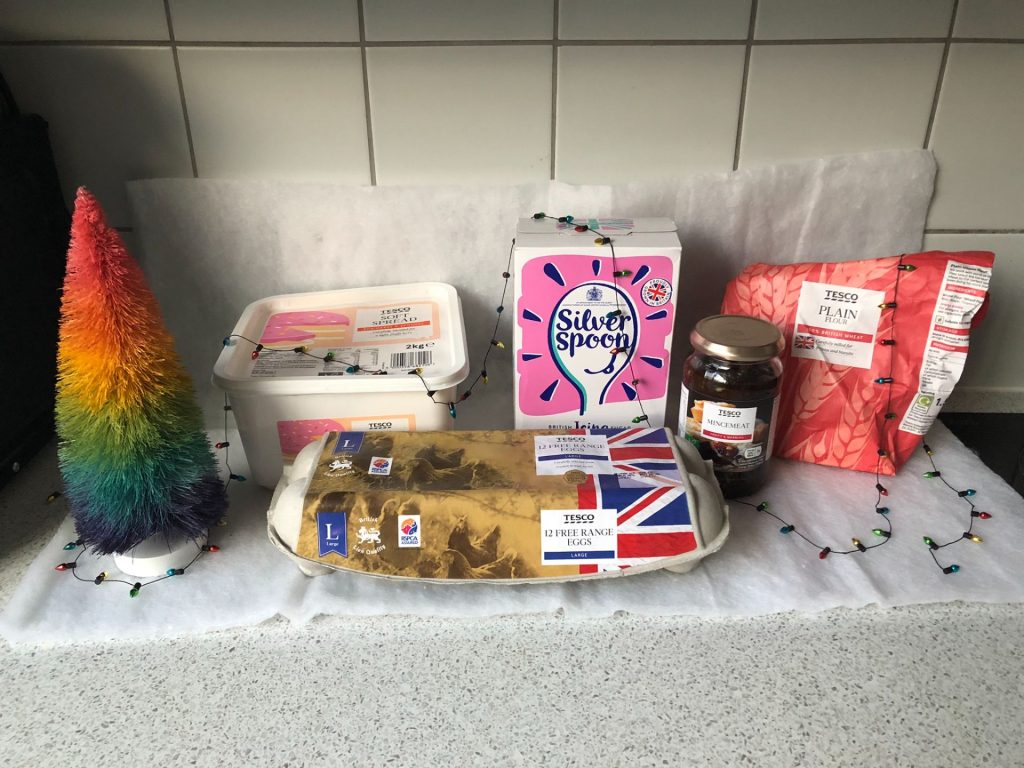
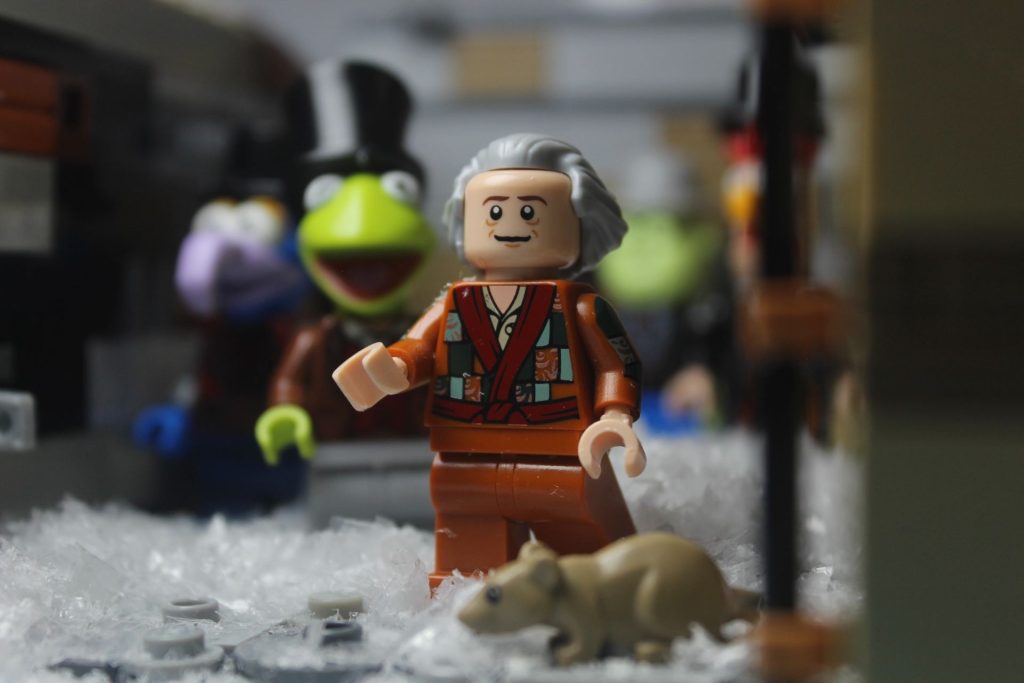
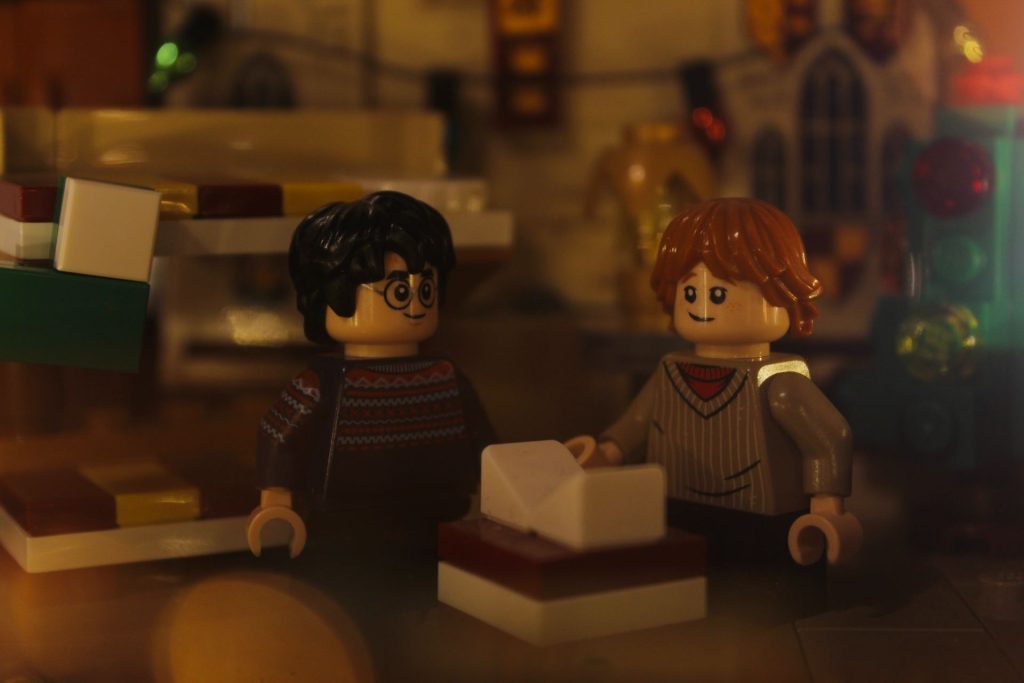
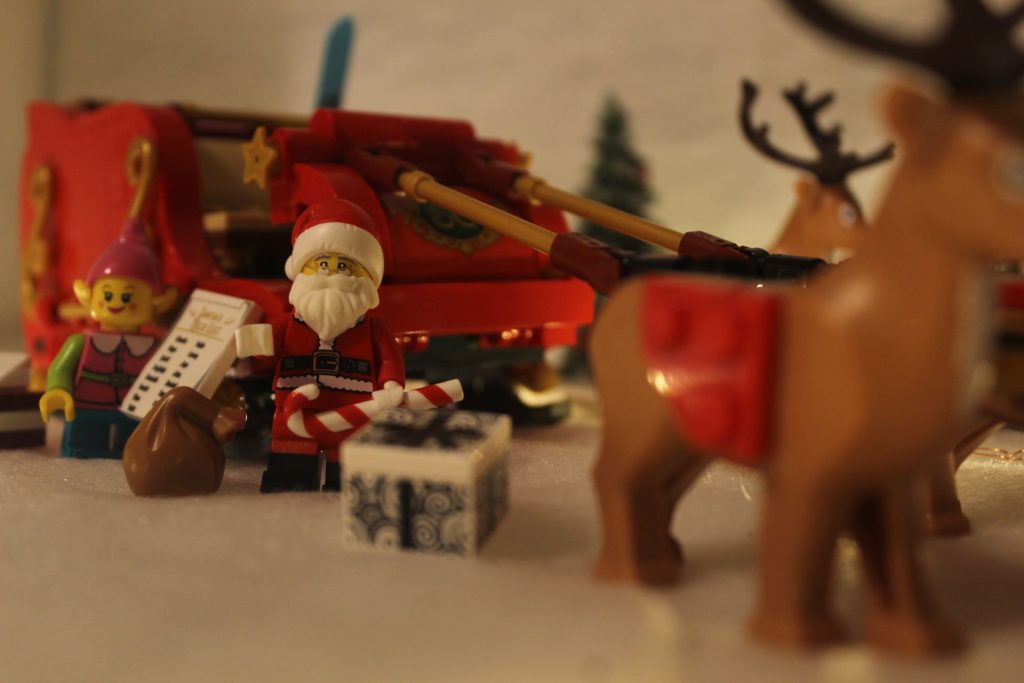

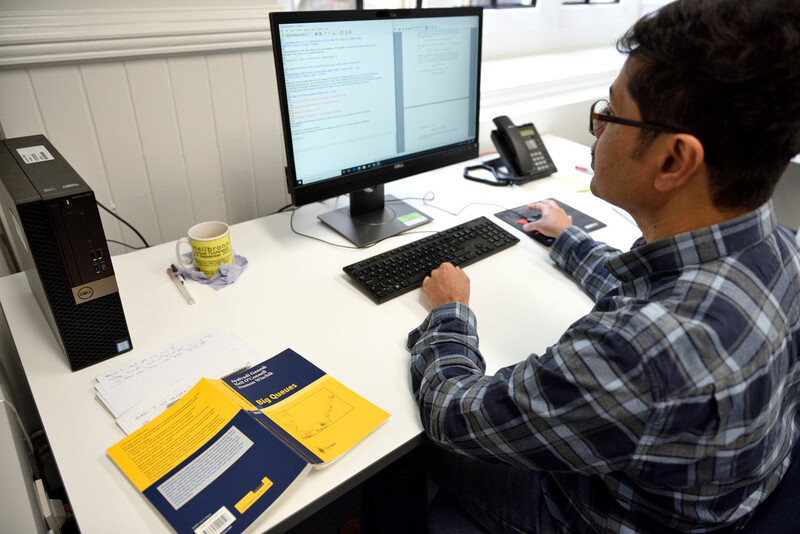

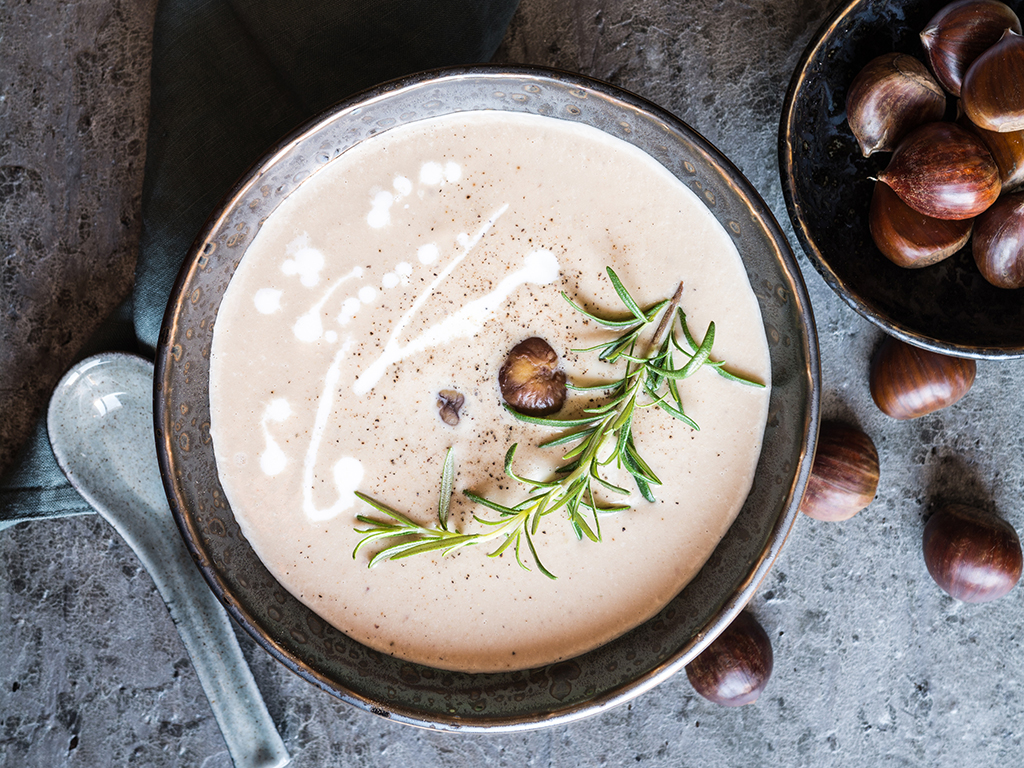
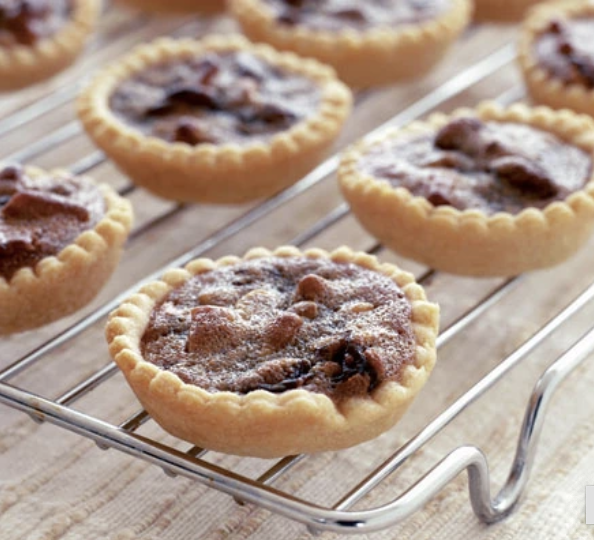

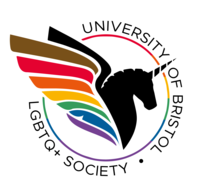
 These sessions run in collaboration with
These sessions run in collaboration with 
